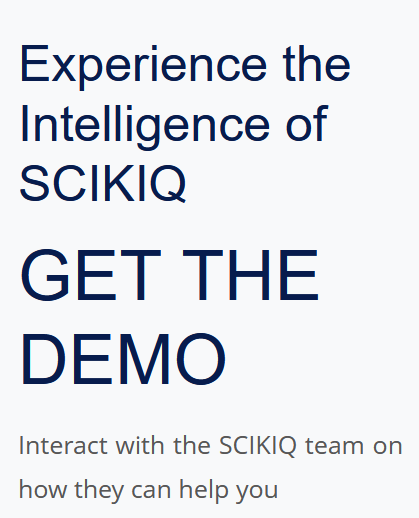Data is a critical asset for modern organizations, and to unleash its full potential, companies need to establish effective data governance, management, and analytics capabilities. This approach can help them make informed decisions, improve outcomes, optimize resource allocation, and enhance operational efficiencies. Consultants and companies in any industry can benefit from this comprehensive plan to establish such capabilities, which includes several stages ranging from vision and strategy to continuous monitoring.
By following the below Work-Breakdown Structure (WBS), organizations can harness the power of data and drive meaningful impact.
1. Kick-Off Stage:
- Define project scope, goals, objectives, and success criteria
- Identify key stakeholders and establish communication plan
- Develop project charter
- Identify project team and establish roles and responsibilities
2. Vision and Strategy:
- Define target state vision and data strategy for your organisation
- Develop data governance framework
- Develop data quality standards and processes
- Identify data sources and systems that will be included in the data management system
- Develop logical data model for your organisation
- Conduct data profiling and data mapping exercises to understand source data quality and relationships
3. Data Collection and Management:
- Develop and implement standardized data capture methods
- Develop data quality checks and validation processes
- Develop data integration and management processes
- Develop security and access control policies and procedures
- Implement data management system infrastructure, including hardware and software
- Implement data extraction, transformation, and loading (ETL) processes
- Develop data archiving and purging policies and procedures
4. Data Analytics and Insights:
- Identify advanced analytics and machine learning algorithms for data analysis
- Identify data visualization and reporting tools for presenting insights
- Identify predictive models and analytics capabilities to forecast future trends
- Conduct data analysis and generate insights to improve outcomes and user experience
- Use data-driven insights to optimize resource allocation, improve decision-making, and enhance operational efficiencies
5. Collaboration and Partnerships:
- Establish partnerships with public and private data ecosystem players in your industry to enable data sharing and collaboration
- Develop data governance policies and procedures to ensure compliance with data privacy and security regulations
- Establish data stewardship program to ensure ongoing data quality and integrity
- Provide training and education on the importance of data management and data literacy to relevant stakeholders.
6. Data Governance:
- Establish a Data Governance framework and policy
- Identify and assign roles and responsibilities for data management
- Develop data quality standards and processes
- Implement data security and access control policies and procedures
- Establish data management and maintenance procedures
- Implement data privacy and compliance policies
- Monitor data usage and ensure compliance with policies and regulations
- Establish a process for resolving data management issues
7. Data Maturity:
- Conduct a Data Maturity assessment to understand the current state of data management
- Develop a roadmap for improving data management maturity
- Define metrics and KPIs to measure progress in data management maturity
- Establish processes for continuous improvement and refinement of the data management framework
- Implement data quality checks and validation processes
- Develop and implement standardized data capture methods
- Develop and implement data integration and management processes
- Develop data visualization and reporting tools
- Conduct data analysis and generate insights
- Use data-driven insights to improve outcomes and user experience
8. Continuous Monitoring:
- Monitor data quality and identify data issues
- Conduct regular audits and assessments of data management processes and procedures
- Continuously refine and improve the Data Governance and Data Maturity frameworks
- Monitor compliance with data management policies and regulations
- Regularly review and update data management procedures and documentation
Continuous monitoring and refinement of the Data Governance and Data Maturity frameworks will be critical for ensuring ongoing success. This can be achieved by conducting regular assessments, audits, and reviews, and adjusting the frameworks as needed. In addition, data quality and compliance will need to be continuously monitored to ensure that the organization is meeting its goals and objectives. The use of metrics and KPIs can help to measure progress and identify areas for improvement.
